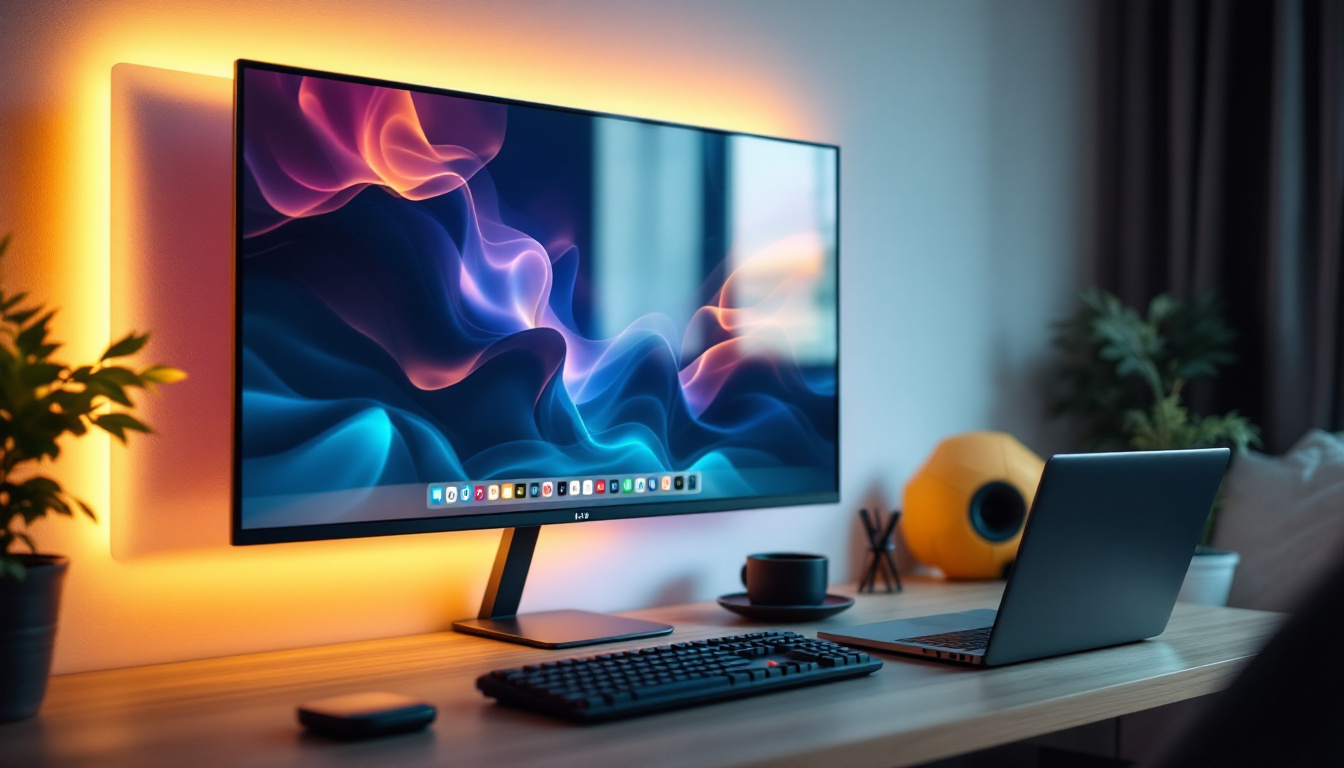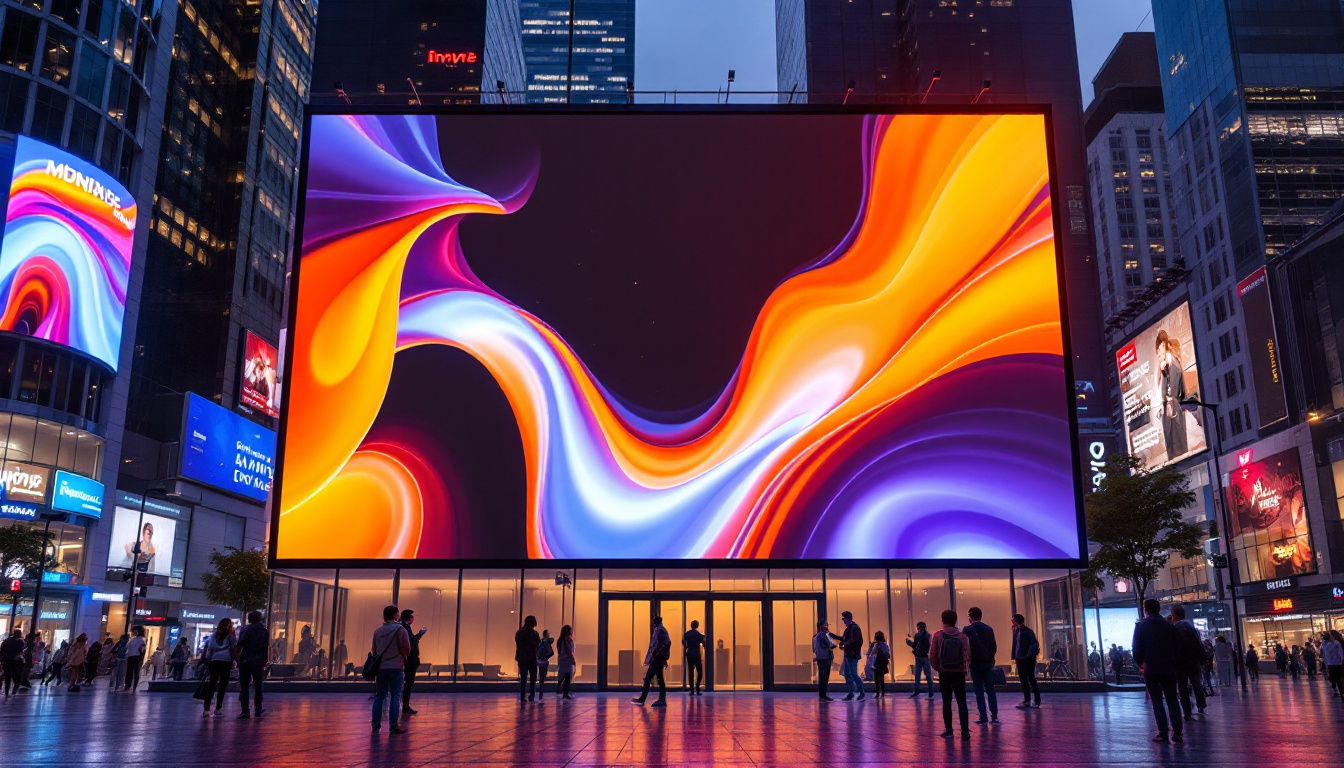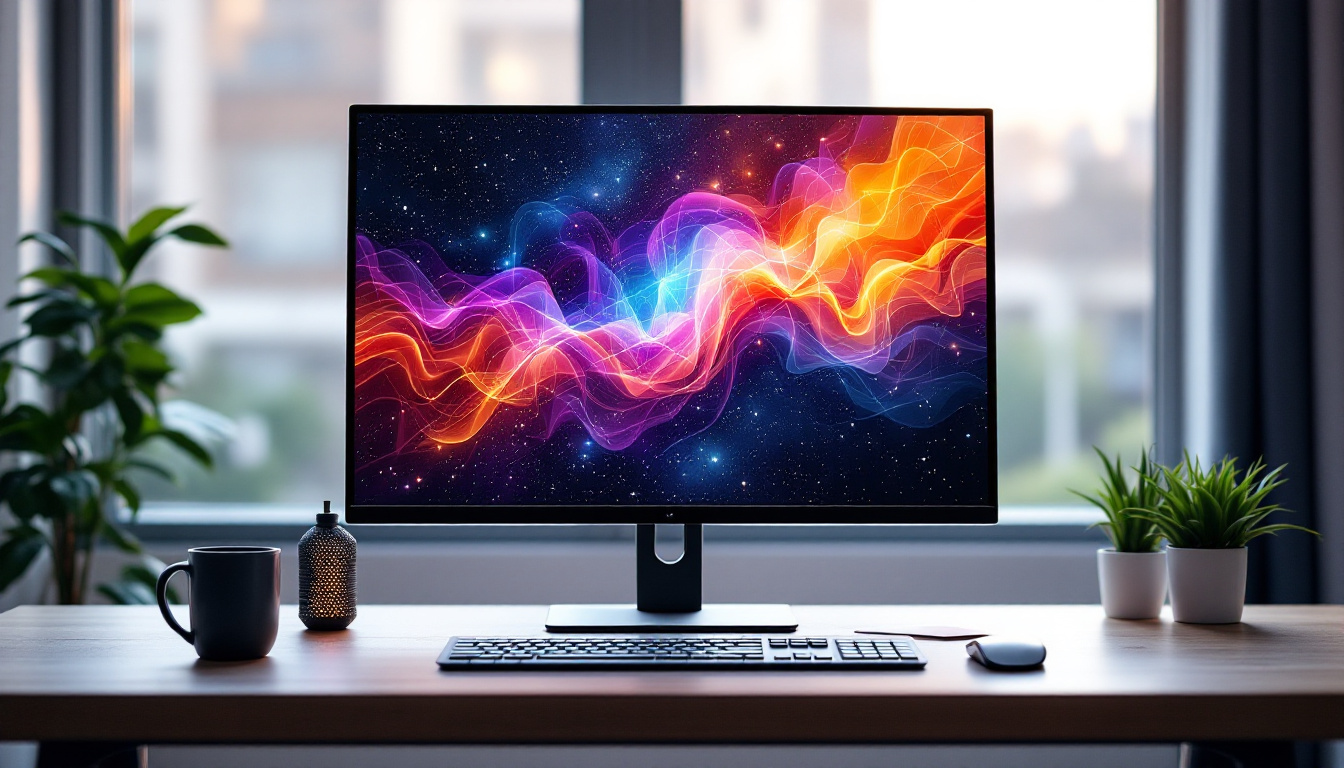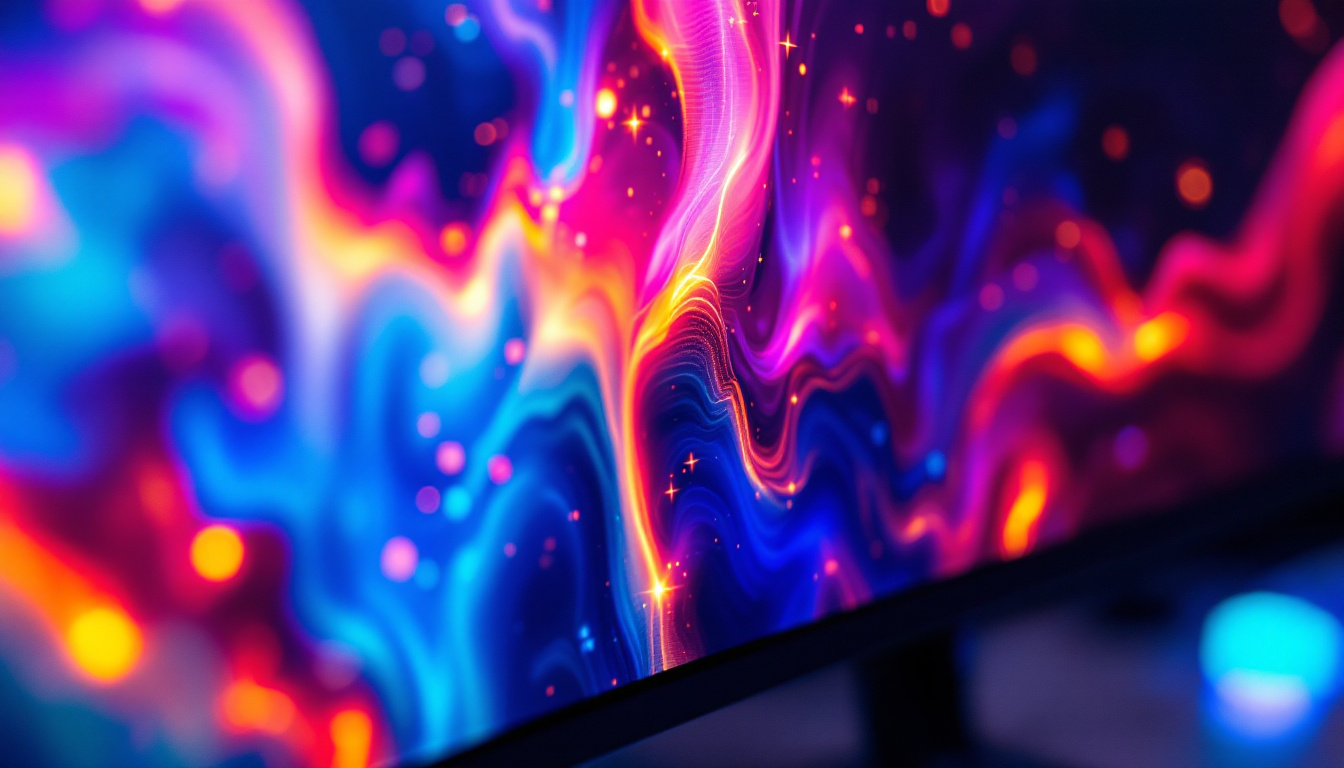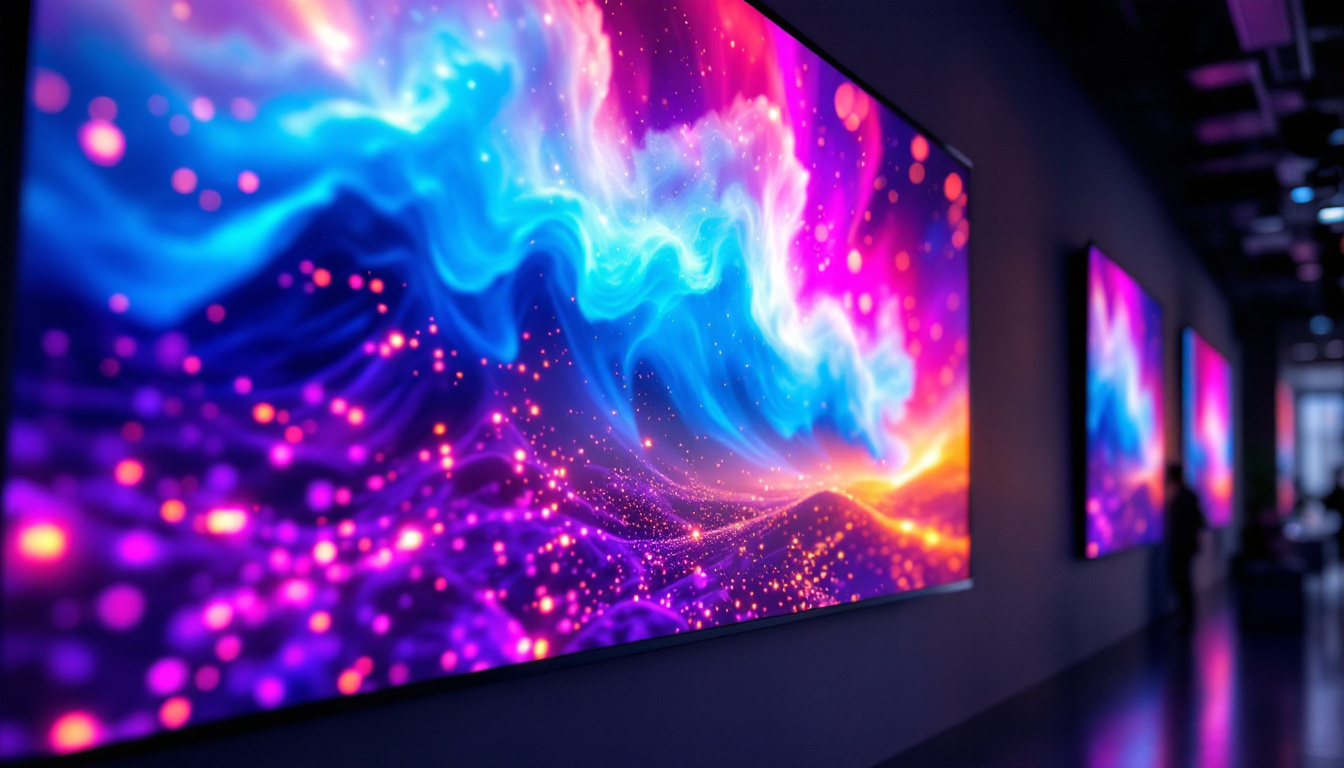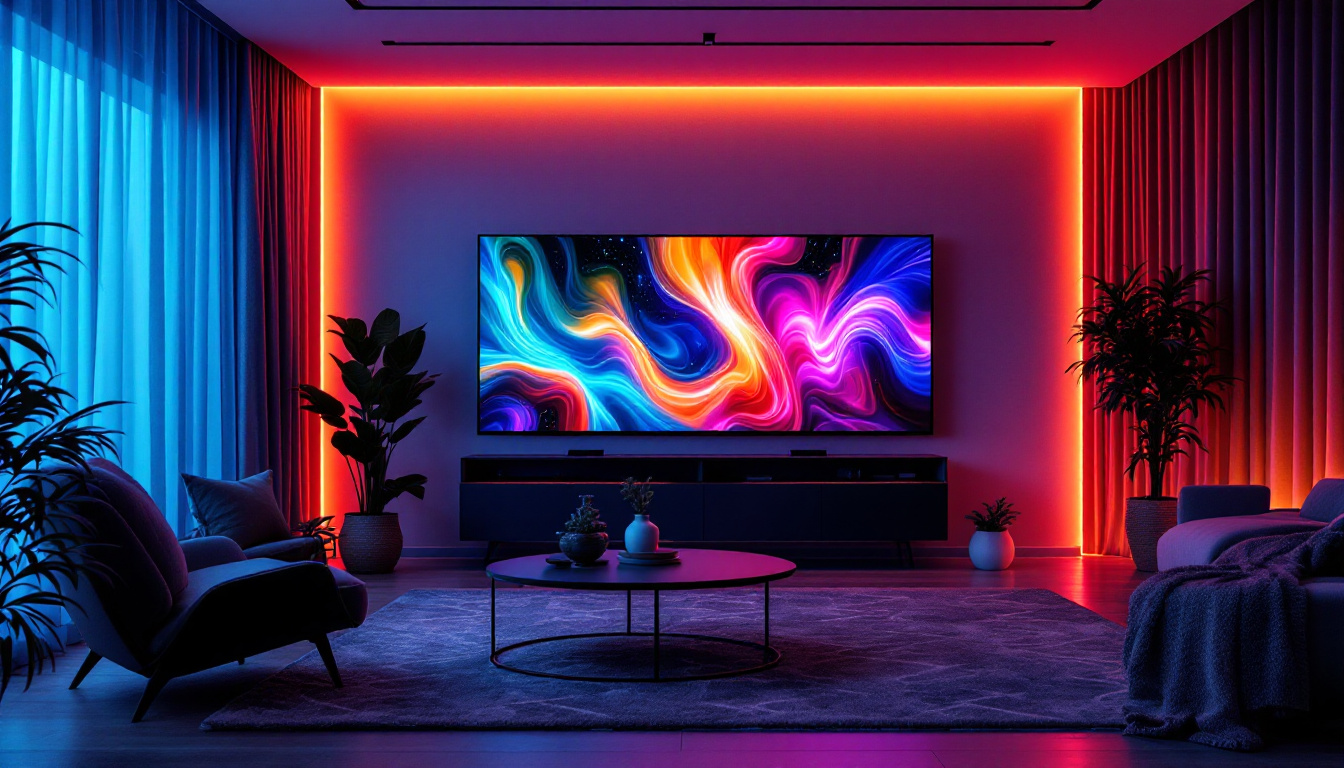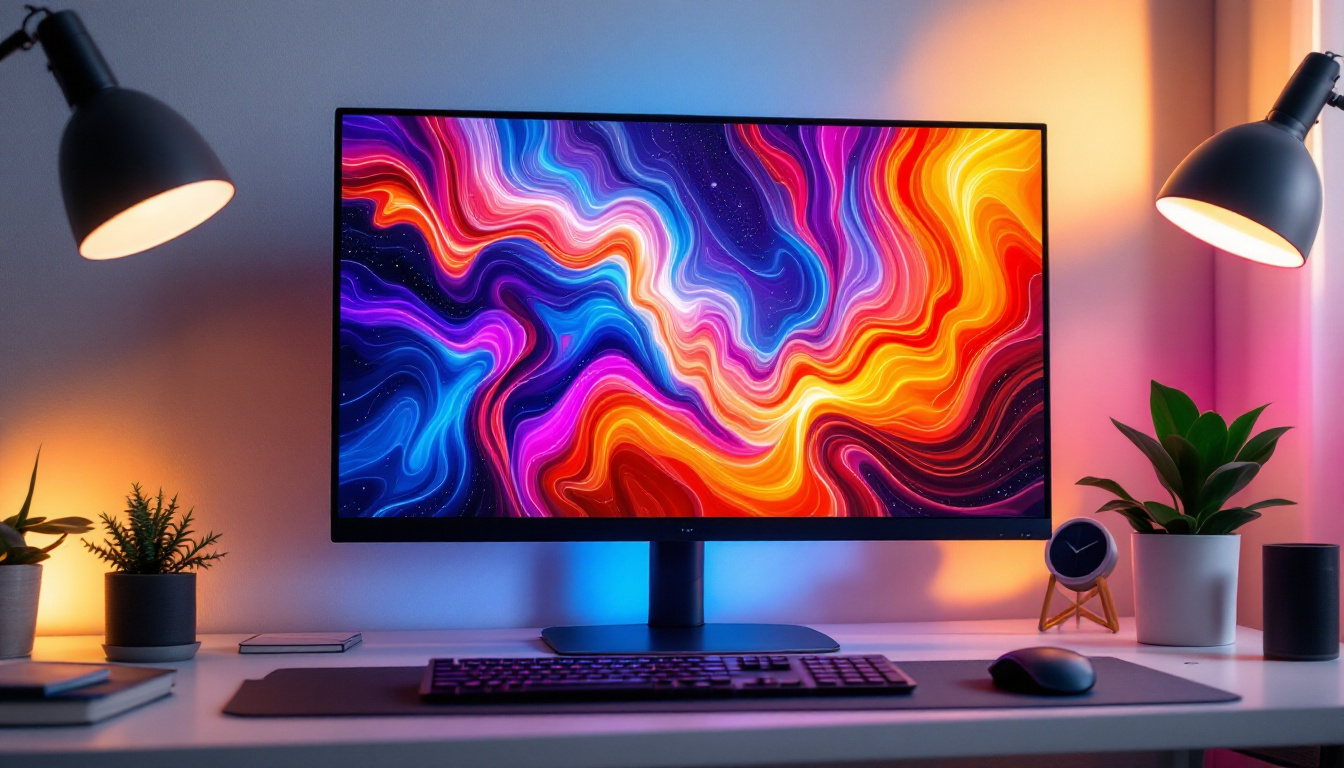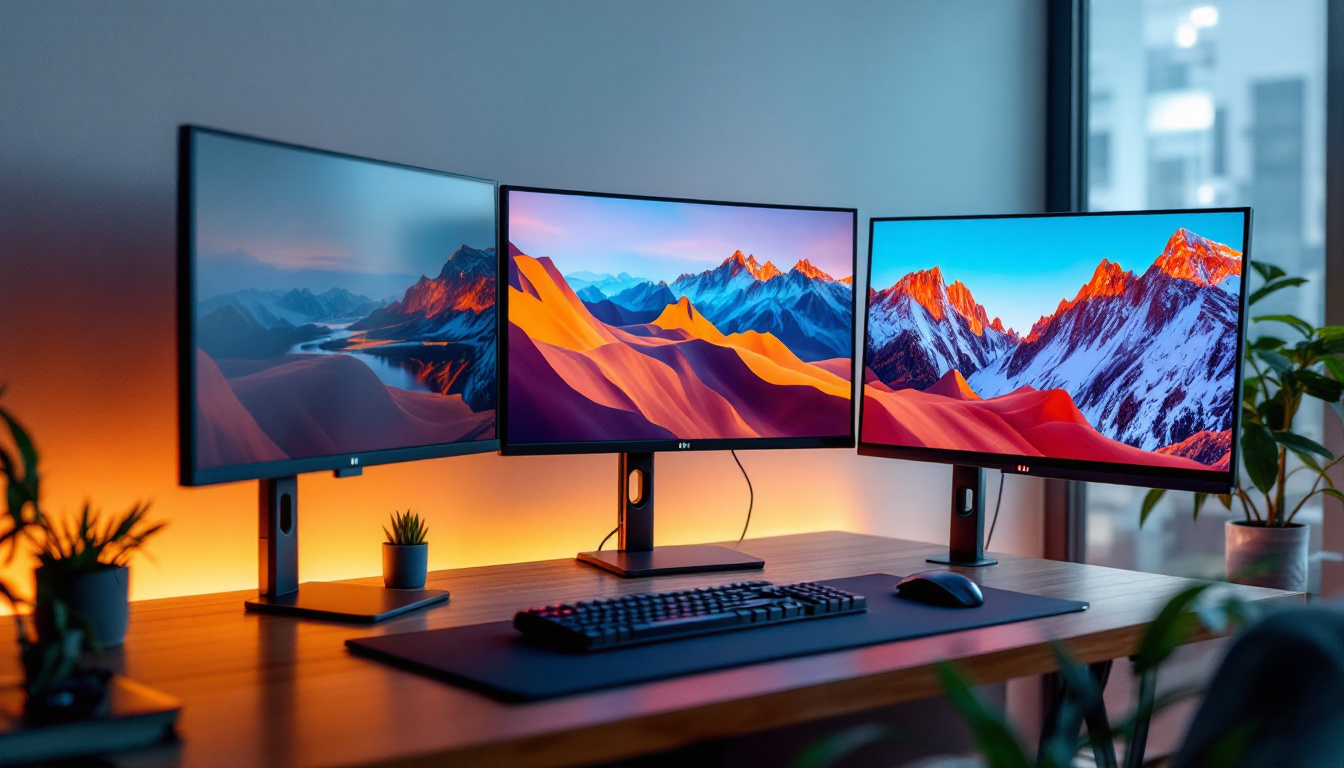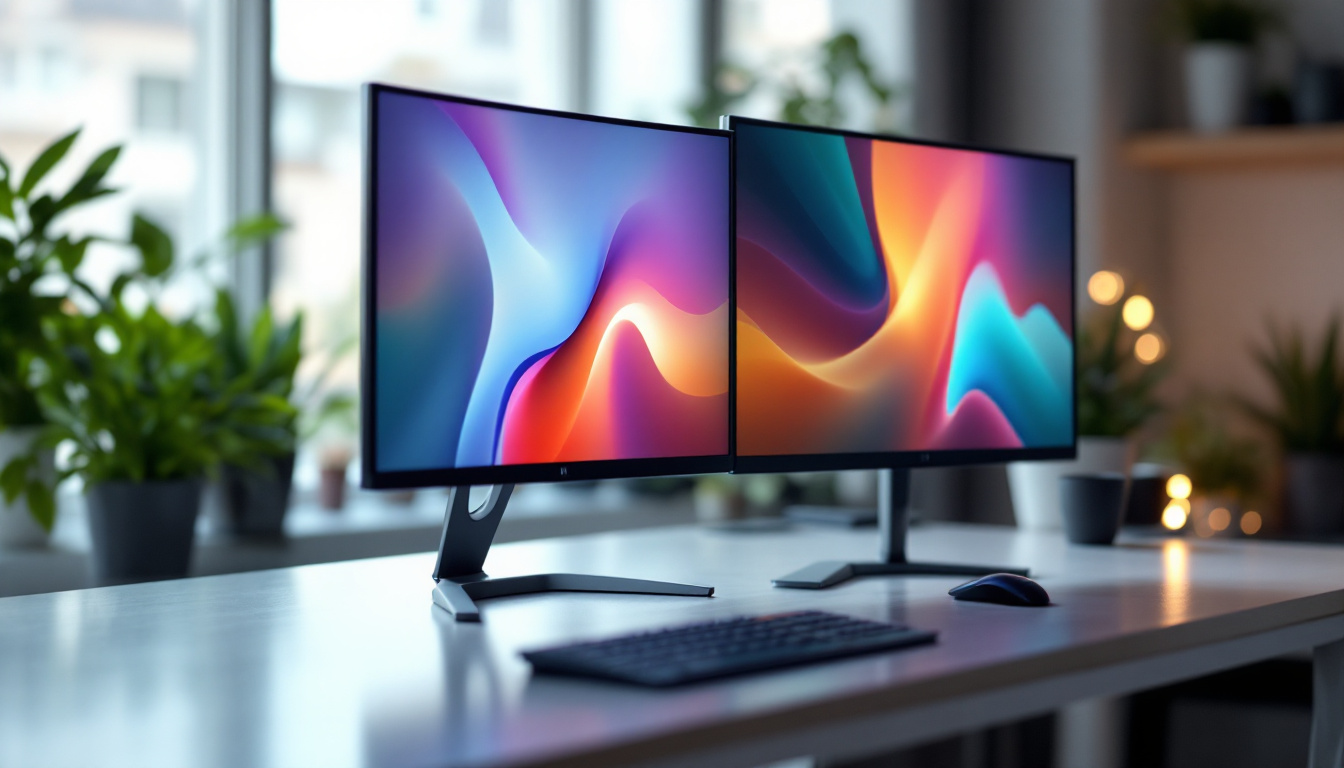In recent years, the concept of using a television as a desktop monitor has gained traction among tech enthusiasts and casual users alike. With advancements in display technology, particularly LED displays, many are exploring the feasibility and benefits of this setup. This article delves into the intricacies of using a TV as a monitor, focusing on LED technology, its advantages, and the considerations to keep in mind.
Understanding LED Display Technology
LED, or Light Emitting Diode, technology has revolutionized the way we view images on screens. Unlike traditional LCDs that use fluorescent backlighting, LED displays utilize an array of tiny diodes to produce light, resulting in improved brightness, color accuracy, and energy efficiency.
How LED Displays Work
At the core of LED technology is the principle of electroluminescence. When an electric current passes through a semiconductor material, it emits light. In LED displays, this process occurs in clusters, allowing for precise control over brightness and color. This capability enables richer colors and deeper blacks, making LED displays particularly appealing for both entertainment and productivity. The technology also supports various color gamuts, which means that users can experience a wider range of colors, enhancing the overall visual experience. This is particularly beneficial in applications such as digital art and photography, where color fidelity is paramount.
Types of LED Displays
There are primarily two types of LED displays: Edge-lit and Direct-lit. Edge-lit displays have LEDs placed along the edges of the screen, which allows for thinner designs but may result in uneven brightness. On the other hand, Direct-lit displays have LEDs distributed across the entire back of the screen, providing more uniform brightness and better contrast ratios. Additionally, there are variations such as Full Array LED, which combines the benefits of Direct-lit technology with local dimming capabilities. This allows for even greater control over light output, enhancing the display’s ability to render dark scenes with incredible detail.
Benefits of LED Technology
LED displays offer numerous advantages that make them suitable for both televisions and computer monitors. They are generally more energy-efficient, leading to lower electricity bills. Additionally, LED screens tend to have a longer lifespan compared to traditional displays, reducing the frequency of replacements. The enhanced color accuracy and contrast levels also contribute to a more immersive viewing experience, whether for gaming, watching movies, or working on graphic design projects. Furthermore, LED technology has advanced to include features such as high dynamic range (HDR), which significantly expands the range of brightness and contrast, allowing for stunning visuals that closely mimic real life. This makes LED displays not only a practical choice but also a preferred option for those seeking high-quality visual performance in their everyday media consumption.
Advantages of Using a TV as a Desktop Monitor
Using a TV as a desktop monitor can provide several benefits, particularly for those who prioritize screen size and versatility. Here are some key advantages to consider:
Screen Size and Immersion
One of the most significant advantages of using a TV as a monitor is the larger screen size. Many modern TVs come in sizes ranging from 40 inches to over 80 inches, offering an immersive experience that smaller monitors cannot match. This larger display can enhance productivity by allowing users to view multiple windows side by side or engage in detailed tasks with greater ease. For creative professionals, such as graphic designers and video editors, the expansive screen real estate can facilitate a more comfortable workflow, enabling them to see fine details without the need to zoom in and out constantly.
Cost-Effectiveness
When compared to high-end monitors, large TVs often provide a more cost-effective solution for users seeking expansive display real estate. The price per inch for TVs can be significantly lower than that of dedicated computer monitors, making them an attractive option for budget-conscious consumers. Additionally, many TVs now come equipped with features such as 4K resolution and HDR support, which can enhance the visual experience for both work and play, further justifying the investment.
Versatility for Entertainment
Using a TV as a desktop monitor also allows for seamless transitions between work and entertainment. Whether it’s streaming a movie, playing video games, or browsing the web, a TV can serve multiple purposes without requiring additional devices. This versatility can be particularly beneficial in smaller living spaces where maximizing functionality is essential. Furthermore, many smart TVs come with built-in apps and streaming services, reducing the need for external devices like streaming sticks or gaming consoles, thus simplifying the setup and minimizing clutter.
Enhanced Connectivity Options
Another advantage of using a TV as a monitor is the variety of connectivity options available. Most modern TVs come with multiple HDMI ports, USB inputs, and even wireless connectivity features like Bluetooth and Wi-Fi. This allows users to easily connect various devices, from laptops and gaming consoles to smartphones and tablets, creating a flexible workspace that can adapt to different needs. Additionally, many TVs support screen mirroring and casting, making it easy to share content from mobile devices directly onto the big screen, which can be particularly useful for presentations or collaborative projects.
Improved Viewing Angles
TVs are often designed with wider viewing angles compared to traditional monitors, which means that multiple people can comfortably view the screen from different positions in a room. This feature is particularly advantageous for group activities, such as gaming sessions or movie nights, where everyone can enjoy the content without having to crowd around a single screen. The ability to view the display from various angles can also enhance the overall user experience, whether for work-related tasks or leisure activities, making it a more inclusive setup for family and friends.
Considerations When Using a TV as a Monitor
While there are many advantages to using a TV as a desktop monitor, several considerations must be taken into account to ensure an optimal experience.
Resolution and Pixel Density
One of the primary concerns when using a TV as a monitor is resolution. Many TVs are available in 4K resolution, which offers sharp images and vibrant colors. However, the pixel density on a large TV may not be as high as that of a dedicated monitor, leading to a less crisp image, especially at close viewing distances. It’s crucial to choose a TV that matches the desired resolution for the intended use, particularly for tasks that require precision, such as graphic design or video editing.
Input Lag and Refresh Rate
Input lag and refresh rate are critical factors for gamers and those who require real-time responsiveness. Many TVs have higher input lag compared to dedicated monitors, which can hinder performance in fast-paced gaming scenarios. Additionally, while some TVs support high refresh rates, many still operate at 60Hz, which may not meet the needs of competitive gamers. Checking the specifications for input lag and refresh rate is essential before making a purchase.
Color Accuracy and Calibration
Color accuracy is another vital aspect to consider. While many modern TVs offer impressive color reproduction, they may not be calibrated for professional use out of the box. Users involved in tasks requiring precise color matching, such as photo editing, may need to invest time in calibrating their TV or consider using a dedicated monitor designed for such purposes.
Setting Up Your TV as a Monitor
Once the decision to use a TV as a monitor has been made, the next step is the setup process. This involves connecting the TV to the computer and adjusting settings for optimal performance.
Connection Options
Most modern TVs come equipped with multiple HDMI ports, making them compatible with a wide range of devices. For connecting a computer, an HDMI cable is typically the best option, as it supports both video and audio signals. Some users may also consider using DisplayPort to HDMI adapters for enhanced compatibility, especially if their graphics card supports higher resolutions or refresh rates.
Adjusting Display Settings
After establishing a connection, it’s crucial to adjust the display settings on both the computer and the TV. This may include setting the correct resolution, adjusting the refresh rate, and ensuring that the scaling options are appropriate for the screen size. Many operating systems allow users to customize these settings to enhance their viewing experience.
Calibration for Optimal Performance
Calibrating the TV can significantly improve the viewing experience. This process involves adjusting brightness, contrast, color temperature, and gamma settings to achieve a balanced and accurate display. Various calibration tools and software are available to assist users in this process, ensuring that the TV performs optimally for its intended use.
Common Use Cases for TVs as Monitors
The versatility of using a TV as a monitor opens up various use cases that cater to different user needs. Here are some common scenarios where this setup excels:
Gaming
For gamers, using a large TV can enhance the overall experience, providing a more immersive environment. Many gaming consoles are designed to connect seamlessly with TVs, and the larger screen size can make gameplay more engaging. However, it is essential to choose a TV with low input lag and high refresh rates to ensure competitive gaming performance.
Home Office Setup
In a home office setup, a TV can serve as a multifunctional display, allowing users to manage multiple tasks efficiently. With the ability to view documents, spreadsheets, and video conferencing tools simultaneously, a large screen can enhance productivity. Additionally, the transition from work to leisure activities is seamless, making it ideal for those who work from home.
Media Consumption
For media consumption, a TV excels in providing a cinematic experience. Whether streaming movies, watching television shows, or browsing the internet, the larger screen enhances the viewing experience. With the capability to connect to various streaming devices, users can easily switch between different media sources without hassle.
Conclusion
Using a TV as a desktop monitor presents a unique opportunity to merge entertainment and productivity in a single device. With the advantages of LED display technology, larger screen sizes, and cost-effectiveness, many users find this setup appealing. However, it is essential to consider factors such as resolution, input lag, and color accuracy to ensure that the experience meets specific needs.
As technology continues to evolve, the lines between televisions and monitors may blur even further, offering users more options than ever before. By understanding the capabilities and limitations of using a TV as a desktop monitor, individuals can make informed decisions that enhance their computing experience.
In summary, whether for gaming, work, or leisure, a TV can serve as a versatile and effective desktop monitor, provided that users take the time to set it up correctly and adjust it to their preferences. Embracing this technology can lead to a more enjoyable and efficient way to interact with digital content.
Discover LumenMatrix LED Display Solutions
Ready to elevate your visual experience with a TV as your desktop monitor? Look no further than LumenMatrix, a pioneer in LED display technology. Our comprehensive range of products, from Indoor and Outdoor LED Wall Displays to innovative solutions like Vehicle LED Displays and LED Transparent Displays, is designed to transform your space into a dynamic environment. Whether for gaming, professional work, or enhancing your home entertainment system, LumenMatrix provides the clarity, color accuracy, and immersive experience you need. Check out LumenMatrix LED Display Solutions today and step into the future of visual communication.

